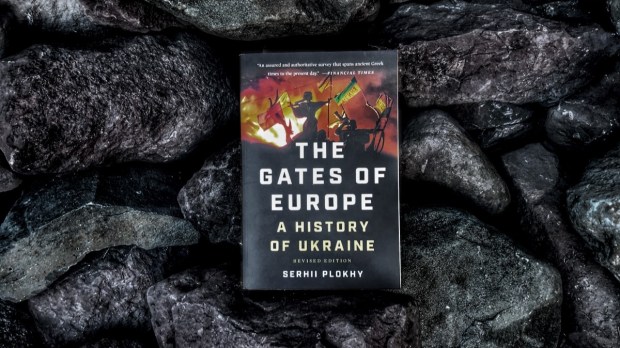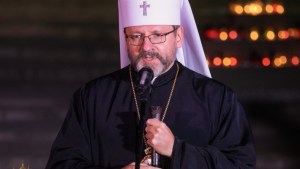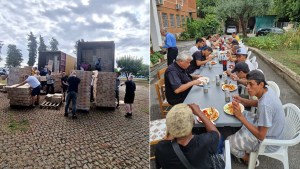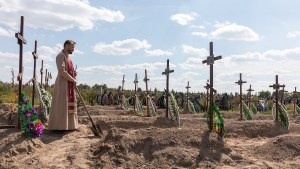Editor’s note: ‘The Gates of Europe’ appeared on Aleteia’s 2023 Summer Book List. In addition to writing for Aleteia, John Burger is also the author of ‘At the Foot of the Cross: Lessons from Ukraine.‘
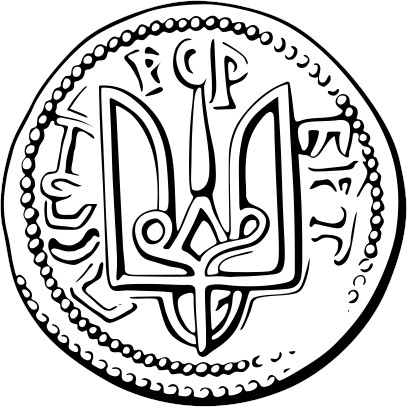
In seeking to explain his comments to young Catholics in Russia, Pope Francis recently said that he was trying to encourage young people to take responsibility for their legacy. He praised Russia’s legacy in art and literature, citing the great author Fyodor Dostoevsky, and said that he mentioned the Tsars Peter I and Catherine II because he had remembered “what we were taught at school” about them.
While speaking to journalists on the way back to Rome from Mongolia September 4, days after his original comments led to broad criticism from Ukrainians, he admitted that bringing up Peter and Catherine “perhaps wasn’t quite correct.”
“I don’t know. The historians can tell us,” the pontiff said. “But it was an additional thought that came to my mind because I had studied it at school. Yet, I told the young Russians to take charge of their legacy, to shoulder their legacy.”
He also discussed the issue in his meeting last week with the Synod of Bishops of the Ukrainian Greek Catholic Church, gathered in Rome.
A historian’s perspective
“The historians can tell us.” Indeed, the historians have told us. One of them, Harvard’s Serhii Plokhy, wrote The Gates of Europe: A History of Ukraine. It’s a good place to start if you want to understand why mentioning Peter I and Catherine II in such a positive light would offend certain people.
Plokhy was born in 1957 in Russia to Ukrainian parents but spent his childhood in Zaporizhzhia, in Soviet Ukraine. He teaches Ukrainian history at Harvard, where he also directs the Harvard Ukrainian Research Institute.
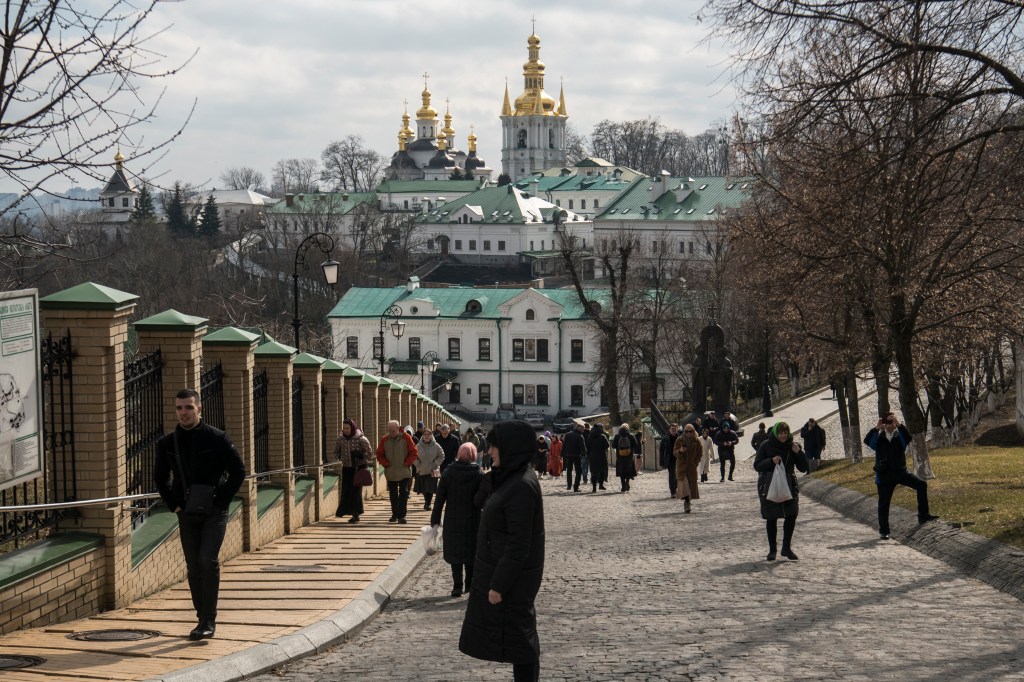
“New Russia”
One thing you’ll learn from The Gates of Europe aboutCatherine II, who ruled the Russian Empire from 1762 to 1796, was that she was determined to eradicate any trace of the Ukrainian Hetmanate.
“These provinces…should be Russified in the easiest way possible so that they cease looking like wolves to the forest,” Catherine wrote in 1764.
Under her reign, the territories known as Novorossiya – New Russia – along the coasts of the Black Sea and Sea of Azov became Russian colonies. This is the same territory that Putin’s forces have come to occupy since last year, and which Ukrainian forces are struggling to take back.
With this background in mind, it will be easier to understand why His Beatitude Sviatoslav Shevchuk, head and father of the Ukrainian Greek Catholic Church, issued such a strong statement after news came out about Pope Francis’ remarks to Russian Catholic youth.
“The words about ‘the great Russia of Peter I, Catherine II, that great, enlightened empire — a country of great culture and great humanity’ — are the worst example of imperialism and extreme Russian nationalism,” Sviatoslav stated. “There is a danger that these words could be taken as supporting the very nationalism and imperialism that has caused the war in Ukraine today — a war that brings death and destruction to our people every day.”
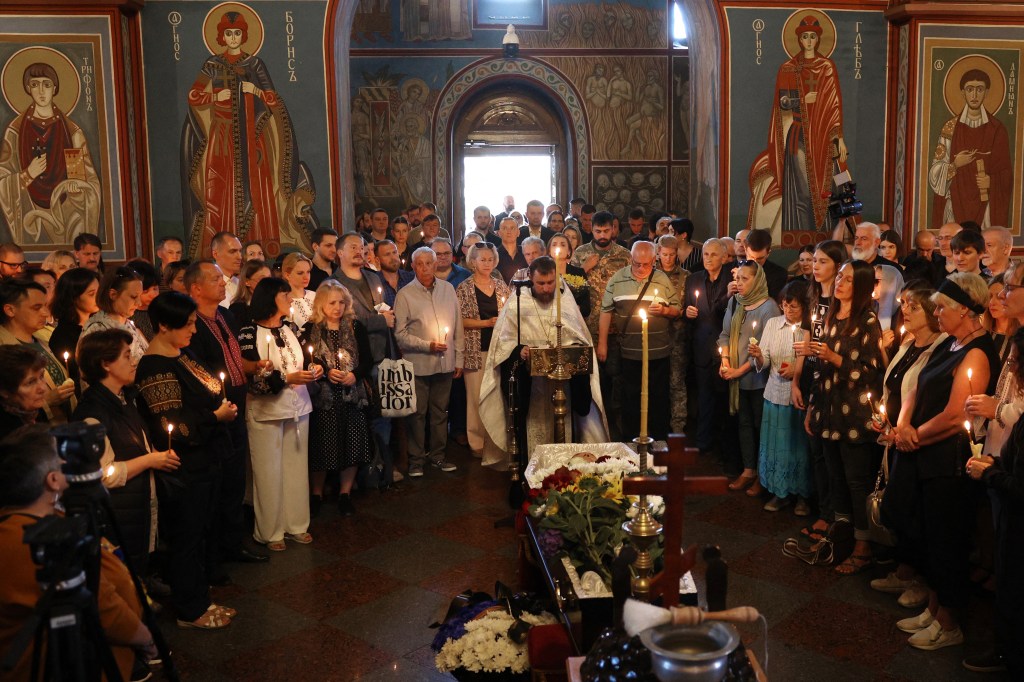
Catholic history
There is more in Plokhy’s book that should interest a Catholic readership. Just a few decades after Catherine’s reign, for example, the Russian Empire took aim at its Catholic citizens – not the first time, and certainly not the last. Thinking evolved that eventually equated good citizenship with Russian nationalism and Orthodoxy. This required suppression of what was then known as the Uniate Church, the ecclesial phenomenon that had been created by the Union of Brest in 1596.
The Uniate Church is now known as the Ukrainian Greek Catholic Church. As Plokhy tells it, “In 1839, a Uniate church council, convened with the support of the government, declared the ‘reunification’ of the Uniates with the Russian Orthodox Church and asked for the tsar’s blessing.”
With the help of military forces, “more than 1,600 parishes and, by some estimates, over 1.5 million parishioners in Ukraine and Belarus were ‘returned’ to Orthodoxy overnight,” Plokhy tells us.
This model was repeated in 1946, when the KGB, in Soviet Ukraine, staged a phony church council that voted to renounce the Union of Brest, dissolve the Ukrainian Greek Catholic Church, and “return” her members to the Patriarchate of Moscow. Thereafter, an underground Catholic Church kept the faith for some 43 years, until just before the breakup of the Soviet Union.
Plokhy’s book was published in 2015, but if he were to update it, he might mention that the Ukrainian Catholic Church is once again being suppressed in territories occupied by Russian forces.
It would be no surprise then if Catholics in Ukraine, like most Ukrainians, are not very sympathetic to the idea of negotiating away certain parts of their land that are occupied by Russian forces in order to silence the weapons. Plokhy’s broad study of Ukrainian history can help us understand that Ukrainians know such a silence would be only temporary.
Further reading
Here are a few suggestions on where readers can learn more:
The website of the Ukrainian Greek Catholic Church
Religious Information Service of Ukraine
The Atlantic Council’s articles about Ukraine
Yale Prof. Timothy Snyder’s free online course about the history of Ukraine: https://www.youtube.com/playlist?list=PLh9mgdi4rNewfxO7LhBoz_1Mx1MaO6sw_
